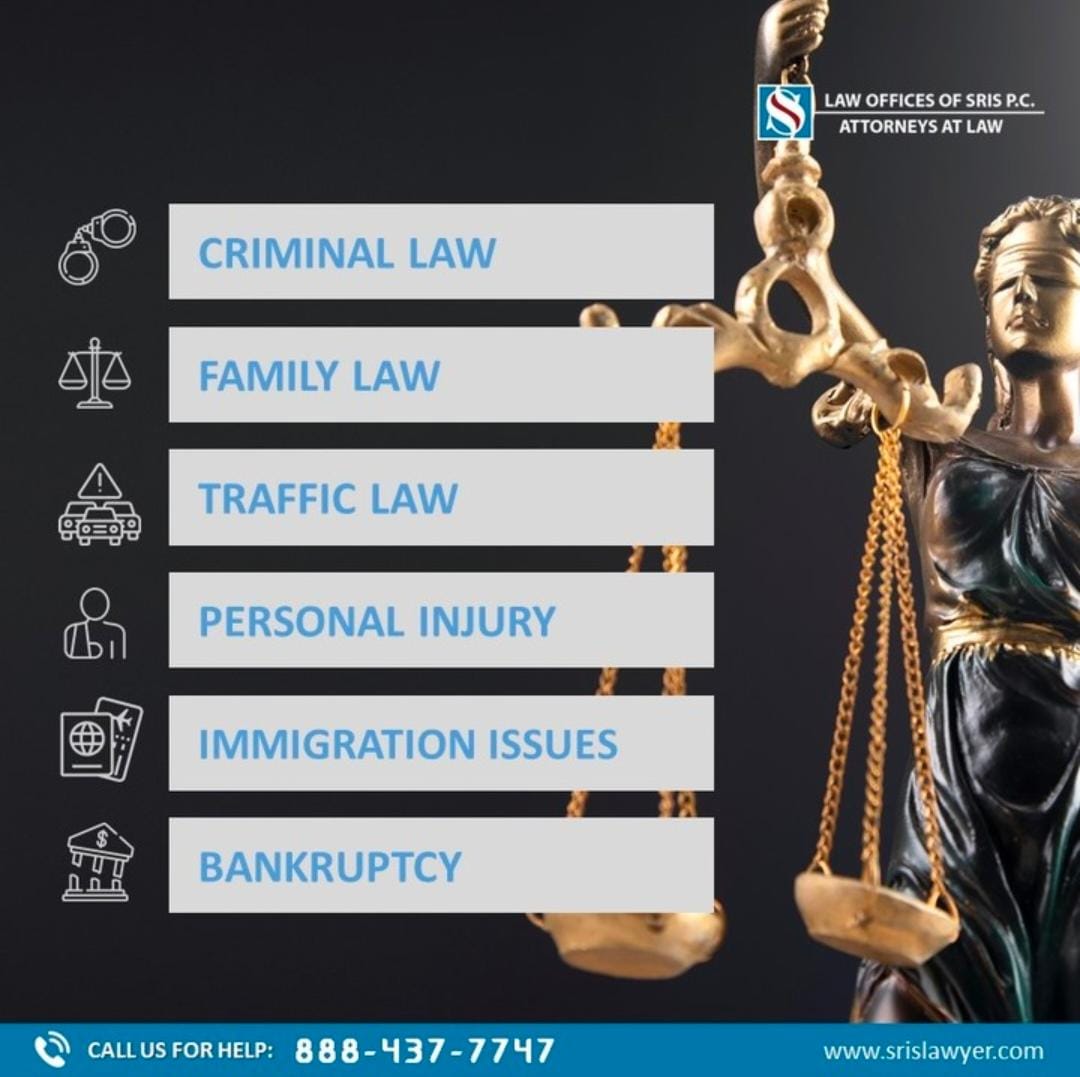Protective fence caps are essential safety accessories used to prevent injuries and enhance the safety of various types of fences, especially those with exposed sharp edges or protruding elements. These caps serve several purposes, including:
1. Injury Prevention: Fence caps are primarily designed to cover the sharp or jagged ends of fence posts, rails, or other structural elements. This helps reduce the risk of accidents and injuries, particularly when people or animals meet the fence. Without caps, exposed edges can cause cuts, scrapes, or even more serious injuries.
2. Child Safety: If you have a fence around your yard or playground area, fence covers can be especially important for child safety. They prevent children from accidentally cutting themselves on sharp edges while playing near the fence.
3. Pet Safety: Fence caps are also useful for protecting pets, such as dogs, from getting hurt if they jump or run into the fence. These caps can reduce the chances of injuries like lacerations or puncture wounds.
4. Aesthetic Improvement: Beyond safety, fence caps can enhance the appearance of your fence. They provide a finished and polished look to your fencing, which can improve the overall aesthetics of your property.
5. Longevity: By covering exposed fence ends, protective caps also help prolong the lifespan of your fence by preventing moisture from getting inside the posts or rails. This can reduce the risk of rot and decay over time.
When Choosing Protective Fence Caps, Consider the Following Factors:
1. Material: Fence caps are commonly made of materials like plastic, rubber, metal or steel post caps. Choose a material that suits the type of fence you have and the local climate conditions.
2. Size and Fit: Ensure that the caps fit snugly over the fence posts or rails. Loose caps can easily come off and defeat their purpose.
3. Color: You can often find fence caps in various colors to match your fence or blend in with your landscaping.
4. Durability: Look for caps that are durable and can withstand exposure to the elements, especially if your fence is outdoors.
5. Ease of Installation: Some caps snap or slide onto fence posts, while others may require adhesive or screws. Choose a type that suits your installation preferences.
6. Quantity: Determine how many caps you need based on the number of exposed fence ends.
In summary, protective fence caps are a simple yet effective way to enhance safety, protect against injuries, and improve the aesthetics and longevity of your fence. Choosing the right type of fence caps or fence cap bunnings for your specific needs is essential for ensuring their effectiveness and durability.





